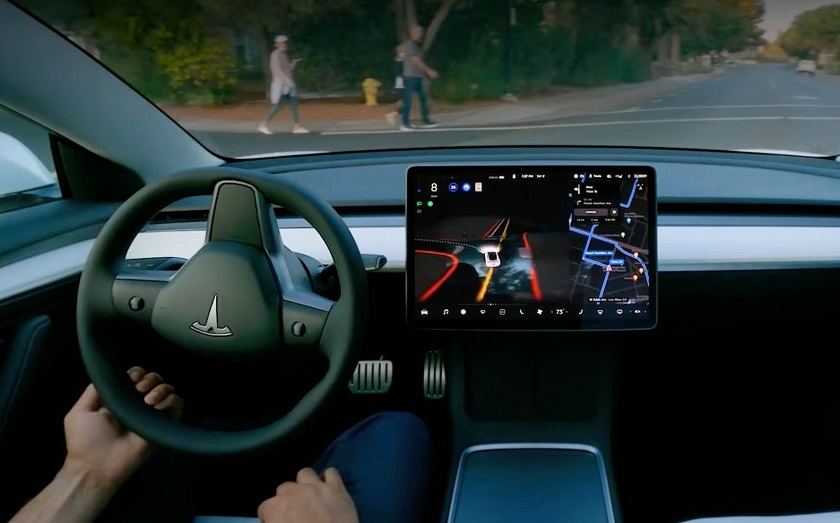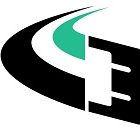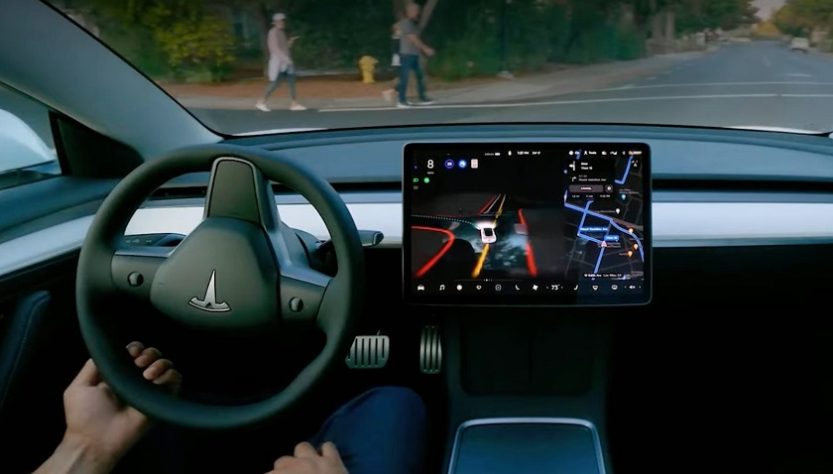
Tesla Motors a început să livreze un update major (FSD Beta 10.11), plin de îmbunătățiri, pentru utilizatorii Full Self-Driving Beta. La finalul anului trecut, în acest program erau înregistrați peste 60.000 de proprietari de mașini Tesla, atent aleși de companie, majoritatea dintre ei în Statele Unite.
Această funcționalitate permite deplasarea autonomă a vehiculului către o destinație introdusă în sistemul de navigație. Însă șoferul trebuie să rămână atent și pregătit să intervină dacă este nevoie. Responsabilitatea în cazul producerii unui eveniment nefericit îi aparține.
Faptul că Tesla acordă o importanță mare acestui program se reflectă în numărul mare de update-uri pe care îl furnizează. Însă de această dată vorbim despre un update major, așa cum o arată descrierea acestuia de mai jos.
De menționat că Elon Musk a promis că dacă acest update aduce îmbunătățiri care se verifică în timp, ar putea oferi acces la programul Full Self-Driving Beta pentru un număr mai mare de utilizatori.
- Upgraded modeling of lane geometry from dense rasters (“bag of points”) to an autoregressive decoder that directly predicts and connects “vector space” lanes point by point using a transformer neural network. This enables us to predict crossing lanes, allows computationally cheaper and less error prone post-processing, and paves the way for predicting many other signals and their relationships jointly and end-to-end. Use more accurate predictions of where vehicles are turning or merging to reduce unnecessary slowdowns for vehicles that will not cross our path.
- Improved right-of-way understanding if the map is inaccurate or the car cannot follow the navigation. In particular, modeling intersection extents is now entirely based on network predictions and no longer uses map-based heuristics.
- Improved the precision of VRU detections by 44.9%, dramatically reducing spurious false positive pedestrians and bicycles (especially around tar seams, skid marks, and rain drops). This was accomplished by increasing the data size of the next-gen autolabeler, training network parameters that were previously frozen, and modifying the network loss functions. We find that this decreases the incidence of VRU-related false slowdowns.
- Reduced the predicted velocity error of very close-by motorcycles, scooters, wheelchairs, and pedestrians by 63.6%. To do this, we introduced a new dataset of simulated adversarial high speed VRU interactions. This update improves autopilot control around fast-moving and cutting-in VRUs.
- Improved creeping profile with higher jerk when creeping starts and ends.
- Improved control for nearby obstacles by predicting continuous distance to static geometry with the general static obstacle network.
- Reduced vehicle “parked” attribute error rate by 17%, achieved by increasing the dataset size by 14%. Also improved brake light accuracy.
- Improved clear-to-go scenario velocity error by 5% and highway scenario velocity error by 10%, achieved by tuning loss function targeted at improving performance in difficult scenarios.
- Improved detection and control for open car doors.
- Improved smoothness through turns by using an optimization-based approach to decide which road lines are irrelevant for control given lateral and longitudinal acceleration and jerk limits as well as vehicle kinematics.
- Improved stability of the FSD Ul visualizations by optimizing the ethernet data transfer pipeline by 15%.
Via Electrek

